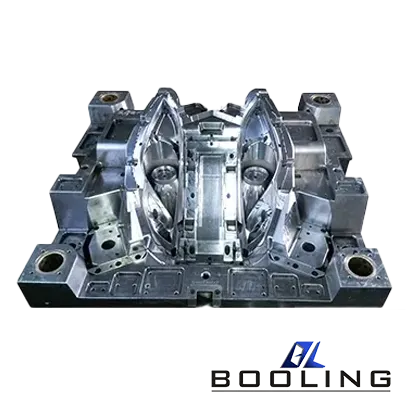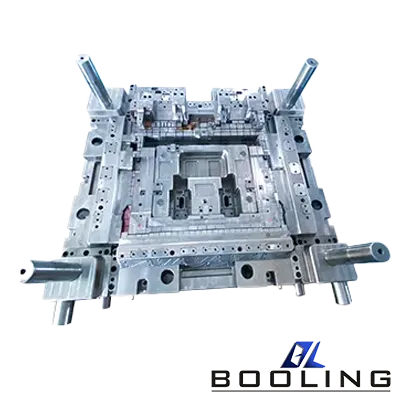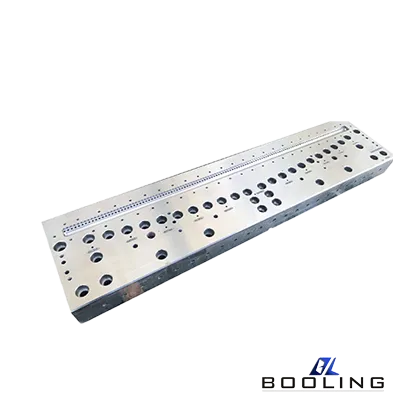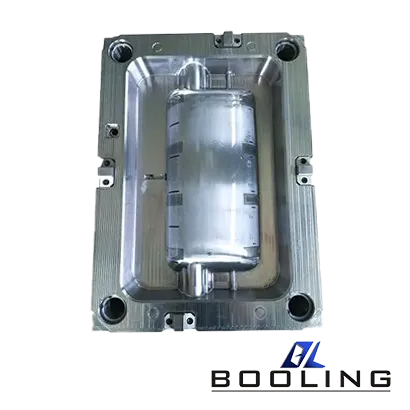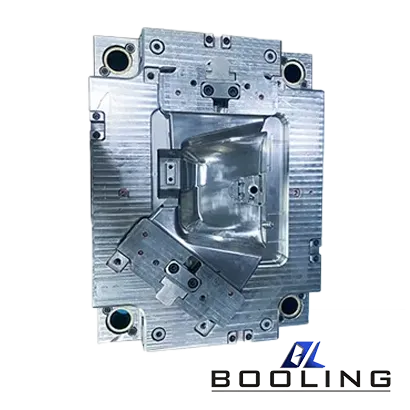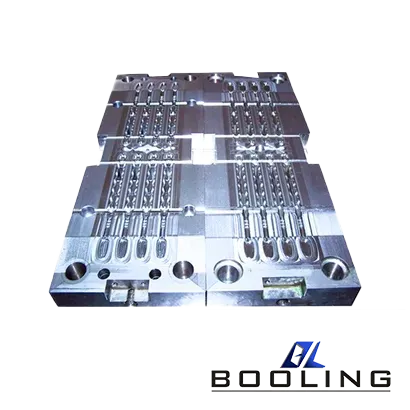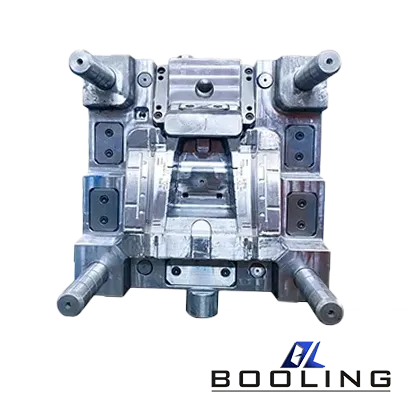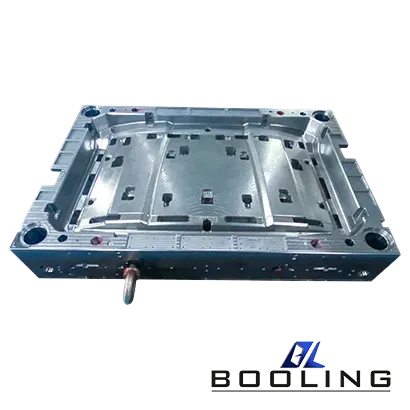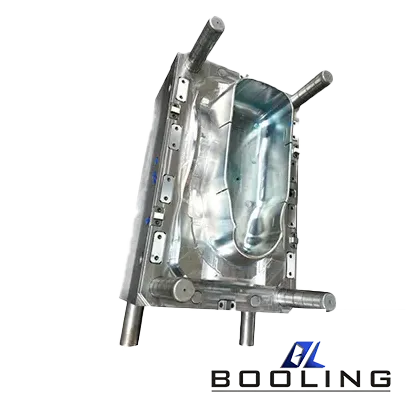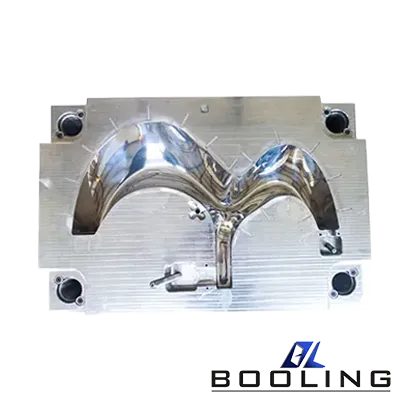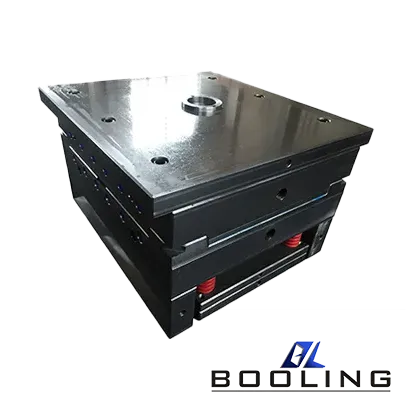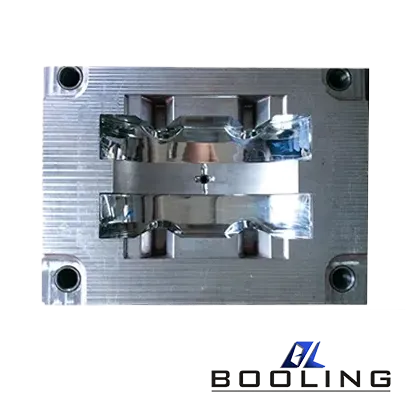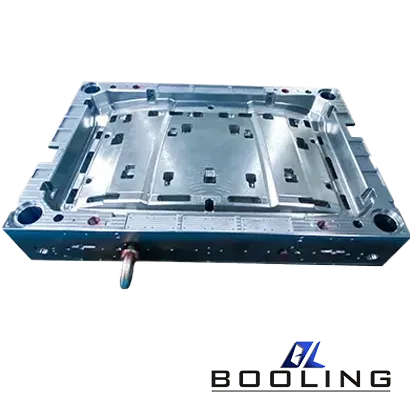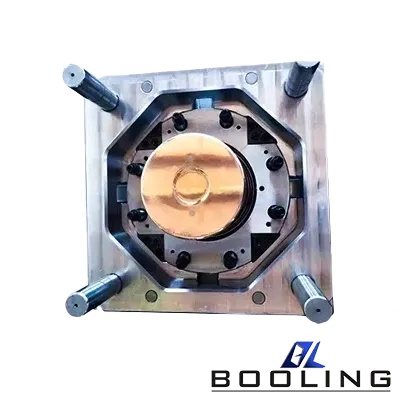Home > Injection Molding
Injection Molding Service
Injection molding is a cutting-edge manufacturing process that involves injecting molten material, typically thermoplastics or thermosetting polymers, into a carefully crafted mold cavity. This cavity, created using advanced CAD/CAM software and precision machining techniques, serves as a blueprint for the final product.
About BOOLING Injection Molding Service
Injection molding is a versatile and cost-effective manufacturing service for producing plastic parts in low to high volumes, suitable for rapid prototyping and thin-wall components used in various industries including medical and automotive. Injection molding ensures accuracy, repeatability, and versatility in shaping complex designs with intricate details and tight tolerances.
Booling has a complete one-step customized injection molding solution, enabling every industry to achieve the best production efficiency with the lowest cost. We have delivered hundreds of sets of molds to over 30 countries worldwide.
Common Materials for Injection Molding Services
Injection molds consist of two main parts – the mold cavity and the mold core. The mold cavity defines the external shape of the product being manufactured, while the mold core determines its internal features. The molten plastic material is injected into the mold cavity under high pressure, where it solidifies, conforming to the shape of the mold. Once the plastic has cooled and solidified, the mold is opened, and the finished product is ejected.
Injection Molding Cases
FAQs about Injection Mold services
How to Maintain Injection Mold?
Proper maintenance and care are essential for prolonging the lifespan and performance of injection molds. Injection mold manufacturers can ensure efficient and high-quality production while reducing the risk of defects and costly repairs.
- Inspection and Cleaning:
Regular inspection and cleaning of injection molds are crucial to prevent defects and ensure optimal performance. This section will cover the following points:
– Visual inspection: Diligently examine the mold for any signs of damage, corrosion, or wear. Look for cracks, scratches, or uneven surfaces that may affect the quality of the final product.
– Cleaning techniques: Discuss effective cleaning methods, such as using non-abrasive brushes, compressed air, or specialized cleaning solutions. Emphasize the importance of removing dust, debris, or residual plastic material that may accumulate and affect mold performance.
- Lubrication and Rust Prevention
Proper lubrication is vital for the smooth operation of injection molds, preventing friction and reducing wear. Additionally, rust can severely damage molds, affecting the final product’s quality. Highlight the following topics:
– Lubrication techniques: Outline the appropriate lubricants to use and stress the necessity of applying them to all moving parts regularly. Mention specific areas that require lubrication, such as the sprue bushing, ejector pins, and slide mechanisms.
– Rust prevention: Explain the potential causes of rust, such as moisture and exposure to corrosive elements. Discuss measures like using rust-preventative coatings, regular inspections, and proper storage conditions to ensure mold longevity.
- Temperature Control and Cooling:
Proper temperature control and efficient cooling play key roles in the injection molding process. Explain the significance of temperature control and cooling techniques in maintaining mold performance and improving product quality. Cover the following points:
– Optimal operating temperature: Discuss the importance of maintaining the recommended temperature range to prevent thermal stress and material distortion.
– Cooling systems: Explain different cooling techniques, such as water channels or temperature controllers, and their role in ensuring consistent mold performance.
- Maintenance Schedule and Recordkeeping:
Establishing a maintenance schedule and maintaining detailed records is crucial for mold maintenance. Emphasize the significance of recording activities, maintenance procedures, and observations to improve mold performance, track improvements, and identify potential issues. Discuss the following aspects:
– Establishing a maintenance schedule: Provide guidelines for creating a maintenance plan that outlines routine inspections, cleaning, lubrication, and preventive maintenance tasks.
– Recordkeeping: Stress the importance of documenting maintenance activities, including dates, findings, and any corrective actions taken. Mention the value of maintaining a historical record to track mold performance trends and identify patterns.
Functions and technologies of automotive injection molds?
Automobile injection molds are the key support system for vehicle manufacturing, directly affecting component performance, assembly accuracy, and production efficiency. In the automotive industry, plastic parts account for more than 30%, covering three categories: interior and exterior decoration, functional parts, and structural parts. Injection molds enable automobile manufacturing through the following core functions:
- Complex structure molding: realize integrated molding of 0.1mm thin-walled parts and multi-curved shapes
- Material composite application: support efficient processing of engineering plastics such as glass fiber reinforced plastics (GF30), PC/ABS alloys
- Intelligent integration: integrated in-mold decoration (IMD), gas-assisted molding (GAIM), and other advanced processes
- Efficient production: multi-cavity molds can achieve mass production of large parts (such as dashboards) within 30 seconds
Automobile injection mold classification and manufacturing process
1. Interior mold (dashboard/door panel/center console)
Process characteristics:
- Use two-color/multi-color injection molding technology to achieve a composite structure of soft-touch skin and rigid skeleton
- In-mold transfer (IMD) process to simultaneously complete surface texture and pattern decoration
- Mold weight 20-50 tons, equipped with 128-point conformal cooling system
Manufacturing process:
① Five-axis machining center milling 1.2738 pre-hardened steel mold base (hardness HRC38-42)
② EDM texture area (Ra0.4μm mirror effect)
③ Vacuum heat treatment (surface hardness HRC52-56)
④ Assemble 64 sets of inclined top + slider linkage system
2. Exterior parts mold (grille/bumper/spoiler)
Technological breakthrough:
– High-gloss spray-free technology: mold cavity chrome plating (thickness 0.02-0.03mm)
– Micro-foam molding (MuCell) reduces component weight by 15%-20%
– Use P20+Ni special steel to cope with -40℃~120℃ environmental stress
Key parameters:
– Mold size accuracy: ±0.1mm/m
– Molding cycle: 70-120 seconds (2500-ton injection molding machine)
– Life standard: ≥500,000 times (Cavity surface TD treatment)
3. Functional parts mold (fuel tank/pipeline/connector)
Technical highlights:
– Multi-layer in-mold assembly technology: integrated metal inserts and plastic matrix are molded simultaneously
– Supercritical fluid-assisted molding (SCF) eliminates weld line defects
– Use corrosion-resistant stainless steel (1.2083) to deal with fuel penetration
Quality control:
– Cavity pressure sensor (accuracy ±0.2MPa) monitors filling status in real-time
– Infrared thermal imager detects temperature distribution uniformity (±1.5℃)
Various Types and Styles of Injection Mold
Injection molds, also known as injection molding tools, are crucial components in the manufacturing industry. They are designed to shape molten material, such as plastic or metal, into specific forms. Injection molds come in various types and styles, each with its own unique characteristics and applications.
- Single Cavity Mold: As the name suggests, this type of mold creates a single product at a time. It is ideal for producing small quantities or prototypes. Single cavity molds are relatively simple in design, making them cost-effective for low-volume production runs.
- Multi-Cavity Mold: Unlike the single cavity mold, the multi-cavity mold has multiple cavities that enable the production of multiple products simultaneously. This type of mold significantly increases production efficiency and is commonly used for high-volume manufacturing. It is widely applied in industries such as consumer electronics, automotive, and medical devices.
- Family Mold: A family mold consists of two or more different parts that are connected together. It allows for the simultaneous production of multiple components in a single injection cycle. Family molds are frequently used when different parts of a product need to be assembled together, saving both time and production costs.
- Hot Runner Mold: In a hot runner mold, the channels that carry the molten material remain hot throughout the production process. This prevents the material from solidifying, reducing waste and improving product quality. Hot runner molds are highly efficient and suitable for large-scale production.
- Prototype Mold: The prototype mold is used for creating prototypes or product samples for testing and validation purposes. These molds are often produced quickly using cost-effective materials, allowing for timely adjustments and modifications before mass production.

